How to Plan and Budget for Parking Lot Upgrades in 2025
Upgrading a parking lot is a significant investment, but with proper planning and budgeting, property managers can maximize the lifespan of their pavement, improve curb appeal, and enhance customer experience. Whether you’re considering resurfacing, sealcoating, restriping, or a complete reconstruction, this guide will help you navigate the key steps to planning and budgeting for your parking lot upgrades in 2025.
Why Parking Lot Upgrades Matter
Your parking lot is more than just a space for vehicles—it’s the first impression customers, tenants, or visitors have of your business. A well-maintained parking lot promotes safety, enhances property value, and ensures compliance with local regulations, including ADA accessibility requirements.
Failing to invest in timely parking lot upgrades can lead to higher repair costs, liability risks, and a decline in property appeal. By planning ahead and setting a realistic budget, property owners can avoid unexpected expenses while ensuring long-term durability.
Key Factors to Consider When Planning Your Upgrade
1. Assess the Current Condition of Your Parking Lot
Before setting a budget, conduct a thorough assessment of your parking lot’s condition. Look for:
- Cracks and potholes
- Fading line striping and markings
- Drainage issues and pooling water
- Surface wear and oxidation
- ADA compliance concerns
If you’re unsure about the condition of your lot, consider hiring a professional paving contractor for an inspection. This assessment will help determine whether you need basic maintenance, resurfacing, or full reconstruction.
Additionally, conducting annual parking lot audits can help identify long-term patterns of wear and tear, allowing for a more strategic approach to maintenance and budgeting.
2. Determine the Type of Upgrade Needed
Different types of upgrades come with varying costs and lifespans. Here’s a breakdown of common parking lot improvements:
- Sealcoating – Extends pavement life by protecting against oxidation, UV rays, and chemicals. Recommended every 2-3 years.
- Crack Sealing & Pothole Repairs – Prevents moisture from penetrating the asphalt and causing further deterioration.
- Line Striping & Marking – Enhances safety, maximizes parking efficiency, and ensures compliance with local regulations.
- Resurfacing (Overlay) – A cost-effective option when the base is still in good condition but the surface is worn out.
- Full Reconstruction – Necessary for severely damaged lots where resurfacing is no longer an option.
Upgrades should also be planned in phases if necessary to avoid disrupting daily business operations while keeping the budget manageable.
3. Estimate Costs for Your Project
Parking lot upgrade costs depend on several factors, including location, material choices, and the extent of required repairs or improvements. To determine an accurate budget, it’s best to consult with multiple paving professionals for customized estimates.
To get the most accurate estimate, request quotes from multiple contractors and compare pricing, experience, and warranties.
How to Create a Realistic Budget
1. Prioritize Urgent Repairs First
Start by addressing any immediate safety hazards such as potholes, cracks, and faded markings. Neglecting these can lead to liability issues and higher repair costs in the future.
2. Plan for Future Maintenance
A strategic maintenance plan prevents costly replacements. Budgeting for regular sealcoating, line striping, and minor repairs can extend the life of your parking lot by 5-10 years.
3. Explore Financing Options
If your parking lot upgrade requires a large investment, consider:
- Capital improvement budgets
- Commercial loans or financing programs
- Phased renovations (spreading upgrades over multiple years)
Some contractors may offer payment plans to help manage costs over time.
4. Account for Unexpected Costs
It’s always wise to set aside an additional 10-15% of your budget for unforeseen issues such as underground utility conflicts, drainage problems, or material price fluctuations.
5. Factor in Sustainability & Efficiency Upgrades
Considering eco-friendly and durable materials may require a larger upfront investment but can reduce long-term costs. Permeable paving, reflective coatings, and energy-efficient lighting can improve functionality and sustainability.
When Is the Best Time to Upgrade Your Parking Lot?
Timing your parking lot upgrades strategically can save money and minimize disruptions. Here are key considerations:
- Spring & Summer: Ideal for paving projects as warm temperatures allow asphalt and sealcoat to cure properly.
- Fall: A great time for last-minute maintenance before winter weather arrives.
- Winter: Best for planning and securing contractor bids for spring projects.
Booking contractors in advance can help you lock in better pricing and avoid seasonal price hikes.
Work With a Trusted Parking Lot Contractor
Partnering with a reputable contractor ensures high-quality results and cost-effective solutions. At Clear Line Paving & Maintenance LLC, we specialize in: ✅ Sealcoating & crack sealing ✅ Parking lot resurfacing ✅ Line striping & ADA compliance solutions ✅ Full parking lot reconstruction
We provide detailed project estimates, expert recommendations, and long-term maintenance strategies to keep your lot in top shape.
For a free consultation and custom estimate, contact us today!
Planning and budgeting for parking lot upgrades in 2025 doesn’t have to be overwhelming. By assessing your current pavement condition, understanding upgrade options, and setting a clear financial plan, you can maximize your investment and extend the life of your parking lot. Taking a proactive approach now will ensure a safer, more attractive, and long-lasting parking area for years to come.



